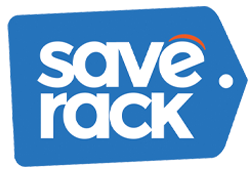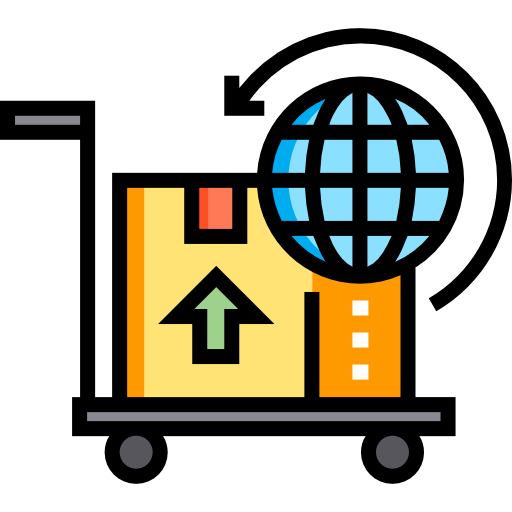The world of eCommerce has opened up countless opportunities for aspiring entrepreneurs, and one of the most accessible and low-risk ways to start an online business is through dropshipping. This business model allows you to sell products without holding any inventory, which means you don’t have to invest in upfront costs or worry about storage and shipping logistics. In this guide, we’ll walk you through the six simple steps to start a dropshipping business in 2024, complete with real-time information to help you succeed in this competitive landscape.
Step 1: Choose Your Niche and Products
Choosing the right niche and products is the foundation of a successful dropshipping business. Here’s how to do it:
- Market Research: Start by conducting thorough market research. Use tools like Google Trends, Amazon Best Sellers, and social media insights to identify trending products and niches. Look for products with a consistent demand.
- Passion and Knowledge: Consider your own interests and expertise. It’s easier to sell products you’re passionate about or have knowledge of. Think about what problem your chosen niche or product solves for customers.
- Competition Analysis: Check out your potential competitors. Are there established dropshipping businesses in your chosen niche? Analyze their offerings, pricing, and customer reviews to identify gaps or areas where you can excel.
- Supplier Selection: Look for reliable suppliers who offer dropshipping services. Popular platforms like AliExpress, SaleHoo, and Oberlo can connect you with a wide range of suppliers and products.
Step 2: Register Your Business and Legalities
Starting a dropshipping business involves some legal formalities:
- Business Name and Registration: Choose a unique business name and register it with your local authorities. Ensure it’s available as a domain name for your online store.
- Business Structure: Decide on your business structure, such as sole proprietorship, LLC, or corporation. Consult with a legal advisor to determine the best option for your situation.
- Business License and Permits: Check your local and state regulations for any required licenses or permits. This ensures you’re operating legally.
- Taxes: Understand your tax obligations, including sales tax. Consult with an accountant or tax expert to ensure you’re collecting and remitting taxes correctly.
Step 3: Create Your Online Store
Your online store is your digital storefront. It’s essential to make it user-friendly and visually appealing:
- Choose a Platform: Select an eCommerce platform like Shopify, WooCommerce, or BigCommerce to build your online store. These platforms offer templates and plugins for easy customization.
- Design and Branding: Create a visually appealing website design that reflects your brand’s identity. Use high-quality images and engaging content.
- Product Listings: Import product listings from your chosen suppliers to your online store. Optimize product descriptions and images for search engines and user experience.
- Payment Gateway: Set up a secure and user-friendly payment gateway to accept payments from customers. Popular options include PayPal, Stripe, and Square.
- Shipping and Returns: Define your shipping and returns policies clearly on your website. Consider offering free shipping or competitive rates to attract customers.
Step 4: Find Reliable Suppliers
Your success in dropshipping largely depends on the reliability of your suppliers:
- Supplier Verification: Verify the credibility and reliability of your chosen suppliers. Look for suppliers with good track records, positive reviews, and efficient shipping.
- Product Quality: Order samples of your products to assess their quality. This allows you to provide accurate information to your customers.
- Communication: Establish clear communication channels with your suppliers. Ensure they can provide product information, inventory updates, and shipping tracking.
- Backup Suppliers: Have backup suppliers in case your primary supplier faces issues. Diversifying your sources reduces risk.
Step 5: Marketing and Promotion
To drive traffic and sales to your dropshipping business, effective marketing is crucial:
- Social Media: Leverage social media platforms like Instagram, Facebook, and TikTok to promote your products. Engage with your audience, run targeted ads, and utilize influencers.
- Content Marketing: Create valuable content such as blog posts, videos, and infographics related to your niche. This not only attracts organic traffic but also positions you as an authority in your field.
- Email Marketing: Build an email list and send regular newsletters with product updates, discounts, and valuable content. Email marketing remains a powerful tool for conversions.
- SEO Optimization: Optimize your website for search engines to improve your organic search visibility. Use relevant keywords in your product listings and content.
- Paid Advertising: Invest in pay-per-click (PPC) advertising on platforms like Google Ads and Facebook Ads. This can provide quick visibility and traffic to your site.
Step 6: Customer Service and Optimization
Providing excellent customer service and continuously optimizing your business is essential for long-term success:
- Customer Support: Offer responsive customer support via email, chat, or phone. Address customer inquiries and concerns promptly and professionally.
- Feedback and Reviews: Encourage customers to leave reviews and feedback. Positive reviews build trust, and constructive feedback helps you improve.
- Analytics and Metrics: Use analytics tools to monitor your website’s performance, sales data, and customer behavior. Adjust your strategies based on data insights.
- Continuous Learning: Stay updated with eCommerce trends and adapt to market changes. Attend webinars, read industry blogs, and consider joining eCommerce communities.
Conclusion
Starting a dropshipping business in 2024 is an achievable goal, given the right strategy and dedication. By following these six simple steps and staying updated with the latest eCommerce trends and keywords, you can build a profitable and sustainable dropshipping venture. Remember that success in dropshipping requires continuous learning, adaptability, and a customer-centric approach. Stay committed to providing value to your customers








